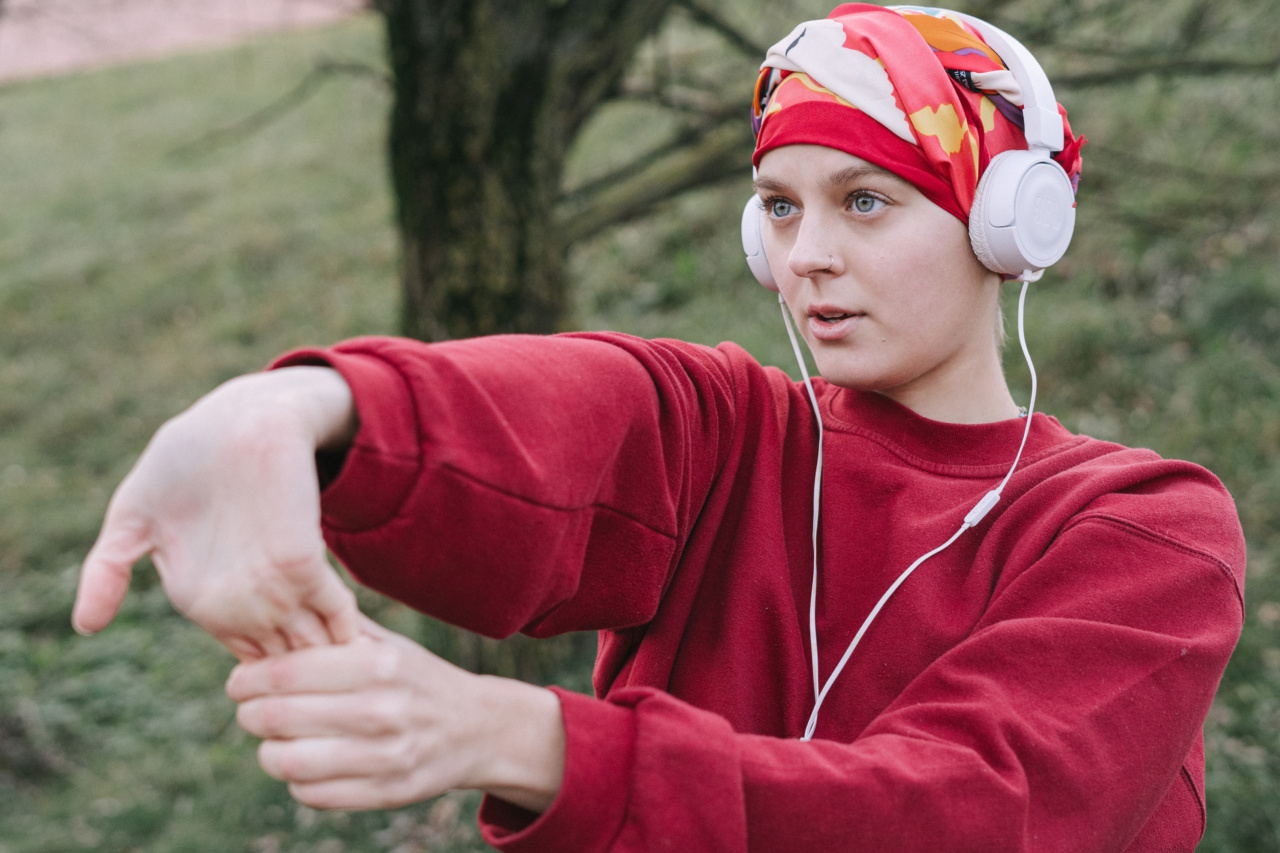Parkinson’s disease is a neurodegenerative disorder that affects movement and coordination. As the disease progresses, individuals with Parkinson’s may experience difficulty with smooth and fast movements.
Thankfully, regular exercise can help improve these symptoms and enhance overall quality of life. In this article, we will discuss a variety of exercises specifically designed to promote smoother and faster movements in individuals with Parkinson’s disease.
1. Stretching and Flexibility Exercises
Stretching exercises can help improve flexibility and increase range of motion in individuals with Parkinson’s disease. Some beneficial exercises include:.
- Neck rotations
- Shoulder rolls
- Wrist stretches
- Quad stretches
- Hamstring stretches
- Calf stretches
2. Balance Training
Individuals with Parkinson’s often experience impaired balance, which can affect their ability to move smoothly. Balance training exercises can help improve stability and prevent falls. Some exercises to consider include:.
- Single-leg stands
- Heel-to-toe walk
- Balancing on a foam pad
- Yoga or tai chi
3. Aerobic Exercises
Aerobic exercises are important for cardiovascular health and can also enhance overall mobility. Engaging in activities that increase heart rate can help individuals with Parkinson’s improve their speed and coordination.
Some suitable exercises include:.
- Brisk walking
- Bicycling
- Swimming
- Dancing
- Water aerobics
4. High-Intensity Interval Training (HIIT)
HIIT workouts involve alternating between short bursts of intense exercise and periods of rest. This type of training can help individuals with Parkinson’s improve their speed and agility. Some effective HIIT exercises include:.
- Sprinting
- Stationary bike sprints
- Jumping jacks
- Mountain climbers
5. Coordination and Agility Exercises
Coordination and agility exercises can improve the ability to perform smooth and fluid movements. Incorporating these exercises into a regular exercise routine can enhance motor skills in individuals with Parkinson’s. Some exercises to try include:.
- Ladder drills
- Hurdle jumps
- Cone drills
- Skipping
6. Strength Training
Strength training exercises help build and maintain muscle mass, which is particularly important as individuals with Parkinson’s disease often experience muscle weakness. Some examples of strength training exercises are:.
- Weightlifting
- Squats
- Lunges
- Push-ups
- Planks
7. Boxing
Boxing exercises have been found to be highly beneficial for individuals with Parkinson’s disease. They improve coordination, speed, and agility. Boxing workouts may include punch combinations, footwork drills, and hand-eye coordination exercises.
8. Yoga and Pilates
Yoga and Pilates can help improve flexibility, balance, and overall body control.
These exercises focus on breathing techniques and flowing movements, which can enhance motor skills and promote smoother and faster movements in individuals with Parkinson’s.
9. Cognitive Motor Training
Cognitive motor training involves combining mental tasks with physical movements. This type of training can enhance attention, concentration, and motor skills. Examples of cognitive motor training exercises include:.
- Tennis (dual tasking)
- Dancing (learning choreography)
- Balance exercises with counting or pattern recognition
- Walking while solving puzzles or answering questions
10. Water Exercises
Exercising in water can provide excellent resistance and support to individuals with Parkinson’s, making movements smoother. Water exercises can improve cardiovascular fitness, muscle strength, and coordination.
Some examples of water exercises for Parkinson’s include:.




























